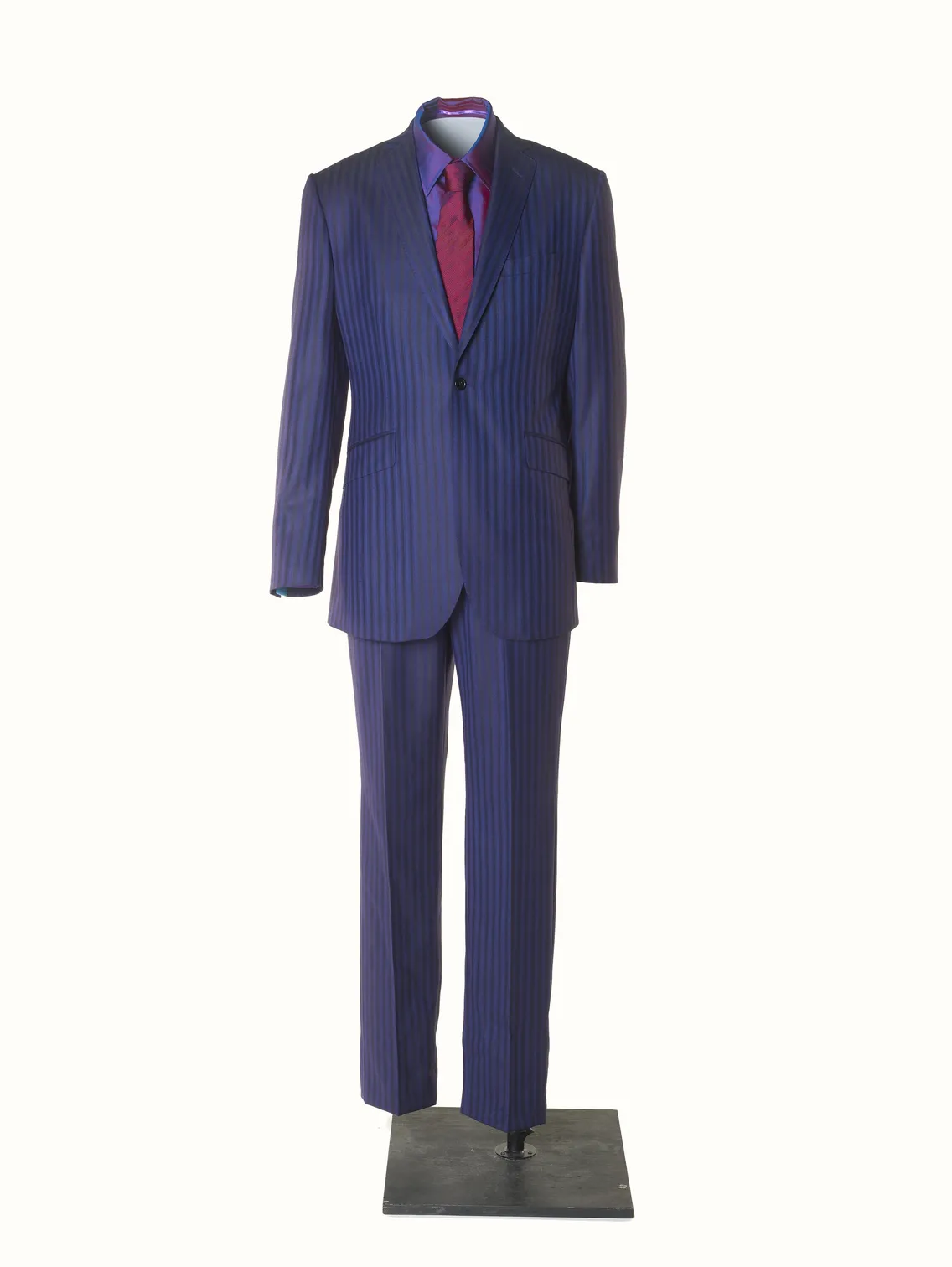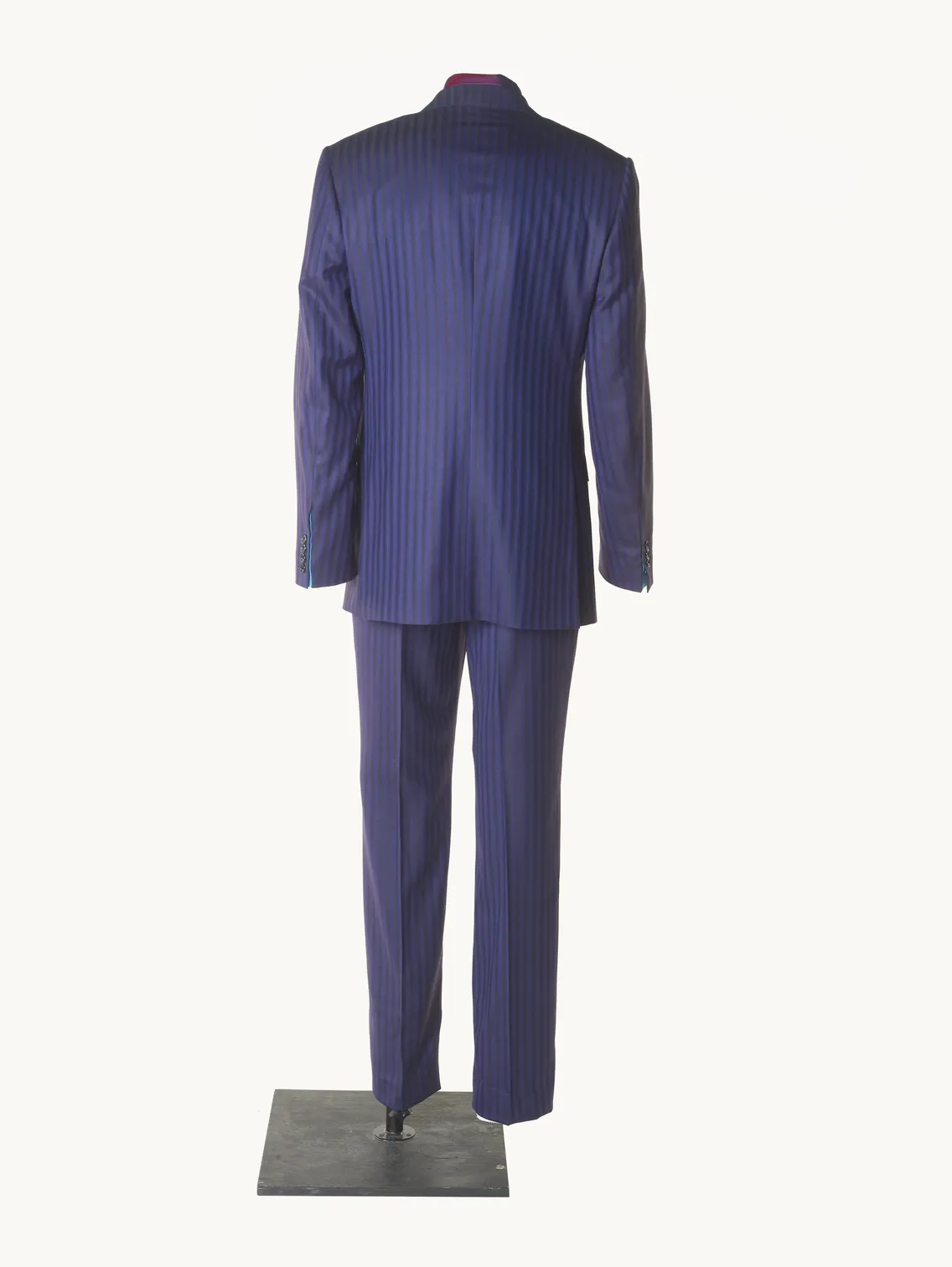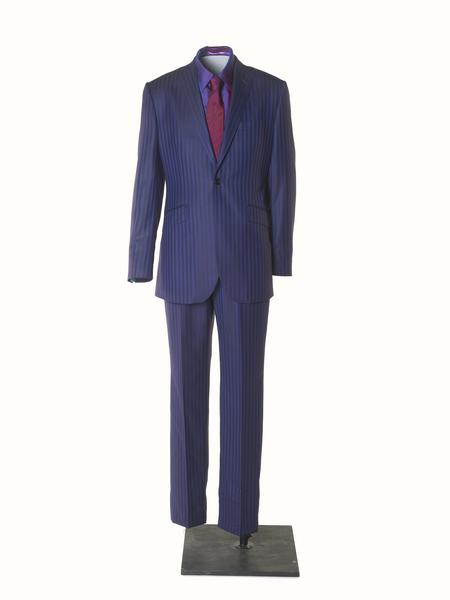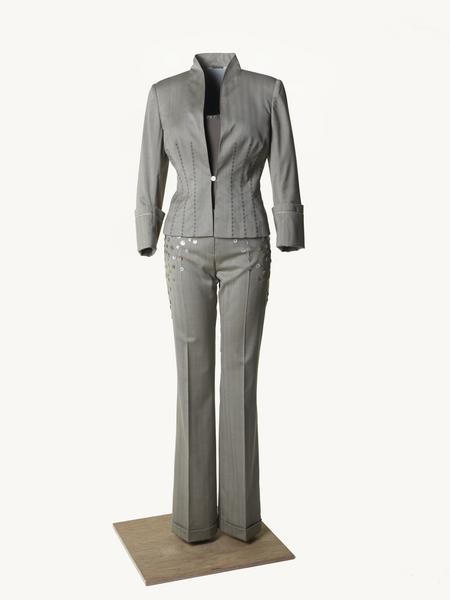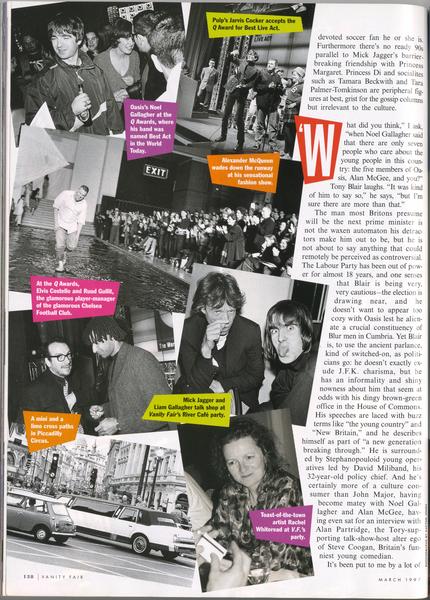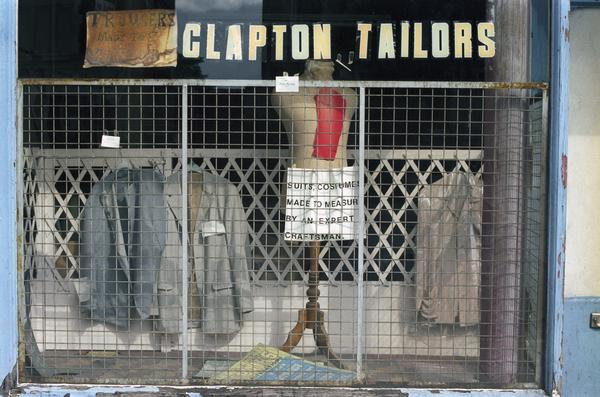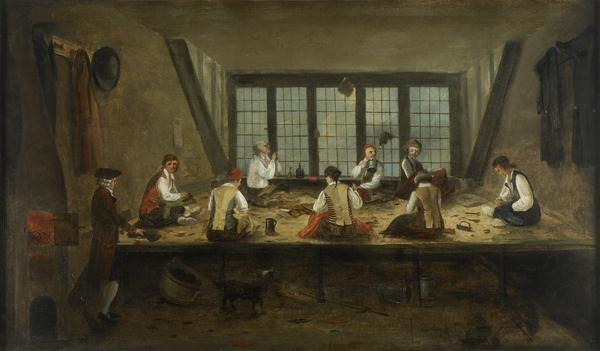Ozwald Boateng: A star of Savile Row
The Haringey-born designer is credited with reviving London tailoring in the 1990s with his modern, youthful take on suit-making. He’s continued to influence menswear design from his Savile Row headquarters ever since.
Haringey & Savile Row, Mayfair
Born: 1967
Traditional tailoring with a fashion designer’s eye
In 1995, Ozwald Boateng became the youngest ever tailor to set up shop on Savile Row, London’s home of high-end men’s tailoring.
Back then, the historic Mayfair street was having something of an identity crisis. It was struggling to attract a new, young clientele. In came Boateng with suits that stood out for their sleek, slim silhouettes and modern use of colour, nodding to his Ghanaian heritage. The Row had found its cool again.
In the years afterwards, Boateng became a big name in bespoke design, where clients pay good money to have suits made specifically to their measurements. He’s created garments for films like Black Panther, dressed Hollywood stars like Will Smith and even designed British Airways’ uniform.
In 2006, he was awarded an OBE (Officer of the Order of the British Empire) by Queen Elizabeth II for his services to the fashion industry.
A self-taught tailor from north London
Boateng was born in Haringey, north London, to Ghanaian parents. In an interview with the Independent, he remembered his first suit being made for him when he was just five years old: “it was a dark purple double-breasted BB1 mohair number designed by my mother. This is pretty amazing, as it's that style that I'm now known for.” His dad, a teacher, also always wore suits.
Boateng started properly exploring his interest in fashion as a teenager. He’s pretty much self-taught, apart from a year-long fashion course at Southgate College. He used his mum’s sewing machine to create his first collection.
In his early 20s, Boateng set up a design studio on Notting Hill’s famously fashionable market street, Portobello Road. He later told the Guardian that his aim has always been, ever since he was 16, to “make men look beautiful, but still masculine”.

Ozwald Boateng in 2023.
Boateng sets up shop near Savile Row
It was the rebel tailor Tommy Nutter who first brought Boateng into the world of Savile Row in the late 1980s.
In the 1960s and 1970s, Nutter's colourful, flamboyant garments had made a huge splash on this pocket of Mayfair. Using interesting cuts and distinctive fabric selections, he weaved the more ‘out-there’ elements of contemporary clothing into his tailoring. This combination of fashion with Savile Row suit-making struck a chord with Boateng.
“His fusion of traditional cutting and tailoring with modern colours made an instant impact”
“Savile Row represented traditions and also represented so many things about what it is to be British,” Boateng later said in an interview. “I immediately understood that and I also saw where it could go – because it clearly needed a change.” By the early 1990s, the international profile of British tailoring had declined and the street was struggling to stay relevant to new audiences.
Boateng opened his first store in 1995 on Vigo Street, around the corner from the southern end of Savile Row. He was just 28, the youngest tailor to set up shop in the area. His fusion of traditional cutting and tailoring with modern colours made an instant impact among the Row’s windows of grey, black, white and navy.
The New Bespoke Movement at the heart of ‘Cool Britannia’
Boateng was among a handful of young, exciting tailors, including Richard James and Timothy Everest, credited with reviving Savile Row in the 1990s. Together, they fronted a new wave of British tailoring known as the ‘New Bespoke Movement’. Their slimmer silhouettes, modern fabrics and lighter, more relaxed designs attracted new kinds of clients. Young City bankers, for example, were enticed to invest in bespoke tailoring made with a fashion designer’s eye.
All three tailors were featured in Vanity Fair magazine’s 1997 issue titled ‘London! Swings! Again!’. The 25-page lead article explored how London “got its groove back” long after the Swinging Sixties. The city had become “the place to which we must all look to learn how to act, think, and dress”.
Against a backdrop of Britain’s growing economy and falling unemployment, the country’s youth culture was packaged up as ‘Cool Britannia’. London was positioned at the centre of this wave of cultural pride.
Vanity Fair rattled through the new names of “the Coolest City on Earth”: bands like Blur and Oasis, Young British Artists like Damian Hirst, fashion designers like Alexander McQueen and Stella McCartney, even the newly elected prime minister Tony Blair.
Boateng gets a shout-out for his application of “traditional bespoke techniques to boldly colored fabrics – a synergy of his unabashed Anglophilia and his Ghanaian heritage”.
“The significance of being on Savile Row was the most important thing”
Ozwald Boateng
Boateng the Savile Row trailblazer
Savile Row has always been central to Boateng’s work. It’s a platform for his voice and ideas, a place where he could challenge and evolve traditional concepts of tailoring. “I could have opened a shop in a lot of areas and made more money,” he admitted in an interview. “The significance of being on Savile Row was the most important thing.”
Boateng arrived on the Row when he moved into his headquarters at 12a Savile Row in 2002. To celebrate, he shut off the road and hosted the first ever catwalk on the street. Five years later, he upgraded into the current flagship store at number 30, designed by Ghanaian British architect David Adjaye.
Suits for Hollywood stars, blockbuster films – and British Airways
You might have seen an Ozwald Boateng design in the sky. In 2023, the airline British Airways rolled out a new uniform designed by Boateng for more than 30,000 employees.
The 96 individual garments include dresses, trench coats, suits, tunics, hijabs and jumpsuits. Some items were put through rigorous weather testing, including being frozen at -18 degrees – you won’t find that in the Savile Row workrooms. But the new wardrobe also faced criticism from staff who found the blouse was too see-through and the jumpsuit impractical.
Boateng’s suits have caught the eye of Hollywood stars like Will Smith, Spike Lee and Jamie Foxx for their red carpet duties. He’s also designed costumes for films and TV, including the 2018 superhero blockbuster Black Panther.



